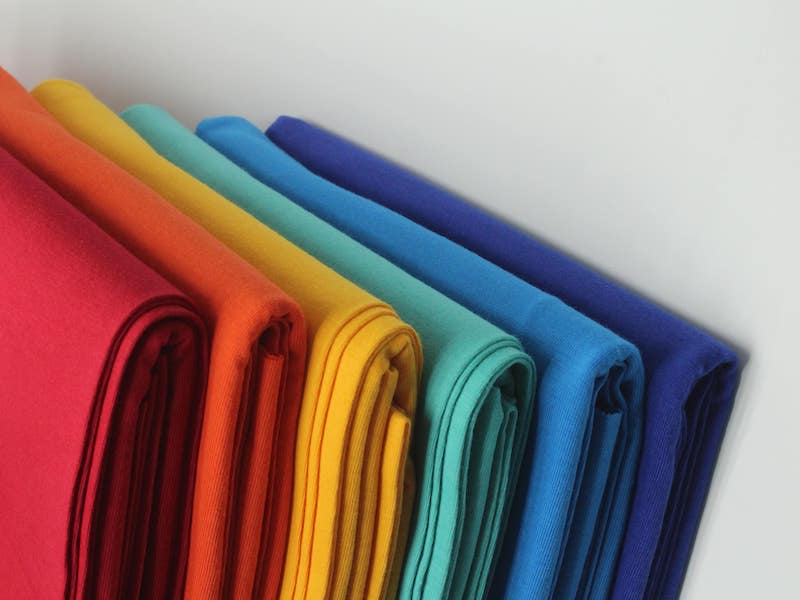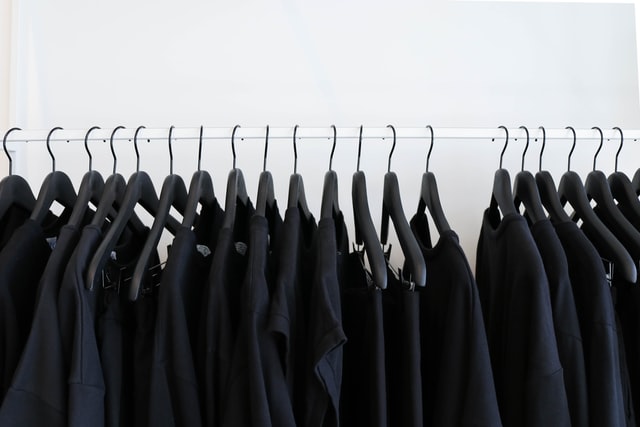By: Behnam Ghasemi:: Kohan Textile Journal
Due to its abundant energy supplies and relatively young population, the Middle East and North Africa area ranks among the wealthiest regions in the world. This area has rising export and manufacturing prospects, particularly in the textile industry. Still, it has not taken advantage of this possibility for decades, leaving only upheaval, war, and conflict as a direct consequence.
There are 20 countries in this area, the most significant of which are listed below:
| Country | Population (Million) |
| Egypt | 102.61 |
| Iran | 84.98 |
| Turkey | 84 |
| Algeria | 44.46 |
| Iraq | 41.18 |
| Morocco | 36.31 |
| Saudi Arabia | 35.46 |
| Yemen | 30.91 |
| Tunisia | 12.02 |
| Jordan | 10.27 |
| United Arab Emirates | 9.56 |
| Israel | 9.37 |
| Libya | 6.71 |
| Kuwait | 4.74 |
| Oman | 4.57 |
| Qatar | 2.62 |
| Bahrain | 1.49 |
Over 500 million people live in this region, approximately as many as there are in Europe. The Middle East hosts some significant and critical countries, the most powerful of which are Turkey, Iran, Egypt, and Saudi Arabia.
But sadly, the Middle East region has been engaged in directly imposed wars for years, such as the American attack on Kuwait and Iraq, the battle between neighbours, like the eight-year-long Iran-Iraq war, the military conflicts of other countries in Syria over strategic preferences, the war Ethnocultural and inner conflicts in Lebanon, Palestine, and Israel, coups in Turkey, political revolutions, and the Arab Spring in Egypt, civil disobedience, and peasant rebellion. All these lead to economic, cultural, and social underdevelopment, exacerbated by the rise of dictatorial governments in the area, regardless of the motivations or political or extra-regional goals.
Economy and growth are essentially the last things that the average person considers in such a situation. People must struggle for simple liberties, such as food, security, and the right to speak out.
Instability and a lack of investment are the two effects of the war that are most significant for the countries in the region. Whether by indigenous or foreign investors. Due to this unpredictability, businesses cannot import the latest and cutting-edge machinery to produce high-quality goods or have long-term growth plans. It cannot export or participate in worldwide markets due to currency volatility, logistical issues, and lack of availability of raw materials, among hundreds of other problems.
Additionally, the government administers a significant portion of the post-war economic system, and government control has historically been linked to unfavourable outcomes. Exactly what transpired in Iran following the 1979 People’s Revolution, the revolutionary government believed it could reform them through government control after seizing numerous spinning, weaving, textile, and garment companies from the Iranian imperial authority.
Several of these organizations have declared bankruptcy, closed willingly or unwillingly, and transferred to the private sector over the past 40 years. Private enterprises own more than 90% of Iran’s textile industry.
Syria’s Textile Industry Is a Victim of War
Syria is a much better illustration of war’s detrimental impact on the textile sector. For the past ten years, Syria has become a struggle for regional powers. It was regarded as one of the three most important industries in this country before the war, contributing around 60% of total industrial production and 12% of GDP. Syria exported more than $3 billion of textiles, with one in five working in the sector. Aleppo and Damascus are Syria’s two major textile hubs. syria was an important country in middle ease textile industry.
Along with the destruction of much of the industrial infrastructure, a sizable portion of Syria’s skilled and unskilled labor force fled overseas or perished in the conflict. When many businesspeople and industrial owners had time to assess the situation, they moved their operations to countries including Turkey, Egypt, Lebanon, the United Arab Emirates, etc. At the moment, Turkey and Egypt are home to more than 150 Syrian textile businesses combined.
Syria generated more than 320 thousand tons of cotton in 2011, which made it one of the major cotton producers. While some of these items were used in Syria, and a sizable portion was exported, today’s figures show a sharp decline in both. Without a doubt, the war and the ruination of farming land, the inadequate infrastructure and agricultural facilities, the government’s meager price for cotton, the farmers’ unwillingness to grow cotton, the low demand, and the decline in precipitation are the leading causes of this decline.
One of Syria’s major textile hubs, Alpo City, held over 70% of the country’s textile factories and inflicted the most harm on the sector. Knowing that the Syrian city of Alpo, formerly a stop along the Silk Road, had an impressive past in the textile business is not bad.
In general, it may be claimed that the Middle East region has evolved into a hotbed of violence due to the invasions, extravagances, and stockholdings of the world’s governing countries or political powers.
For more stable countries in that region, like Turkey, the sizeable Middle East textile industry market presents a solid potential to boost exports. Turkey has successfully lured roaming capitals in the area that are considering leaving war-torn countries and regions. Many residents of the nearby Arab and African nations, including Syria, Jordan, Iraq, and even Iran, have made considerable financial investments in Turkey to buy homes, business properties, and production facilities, among other things.
Large Turkish apparel companies have also increased the number of stores and sales offices in most of the region’s countries. Turkey is the most power full country in the Middle East textile industry.




















